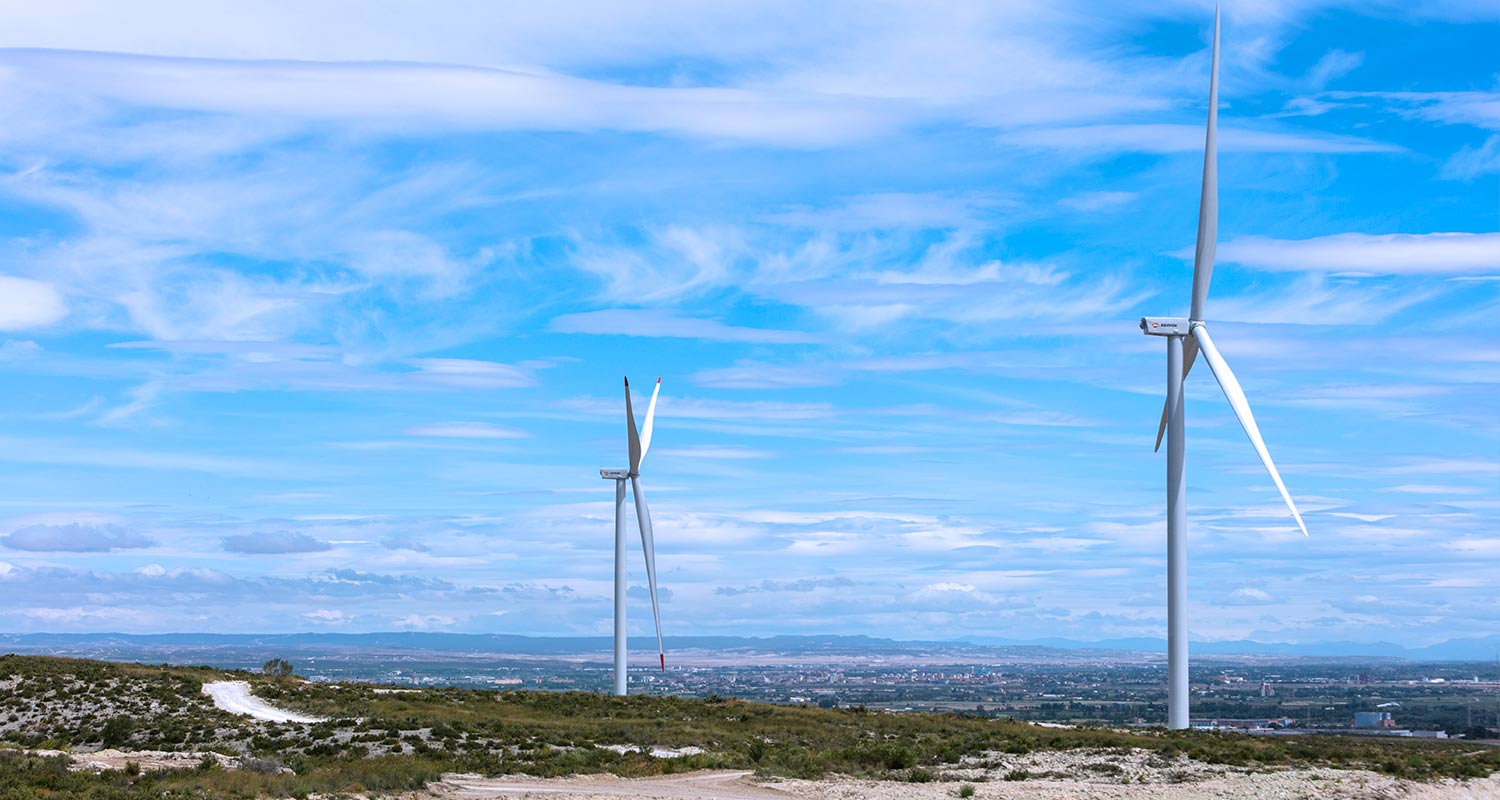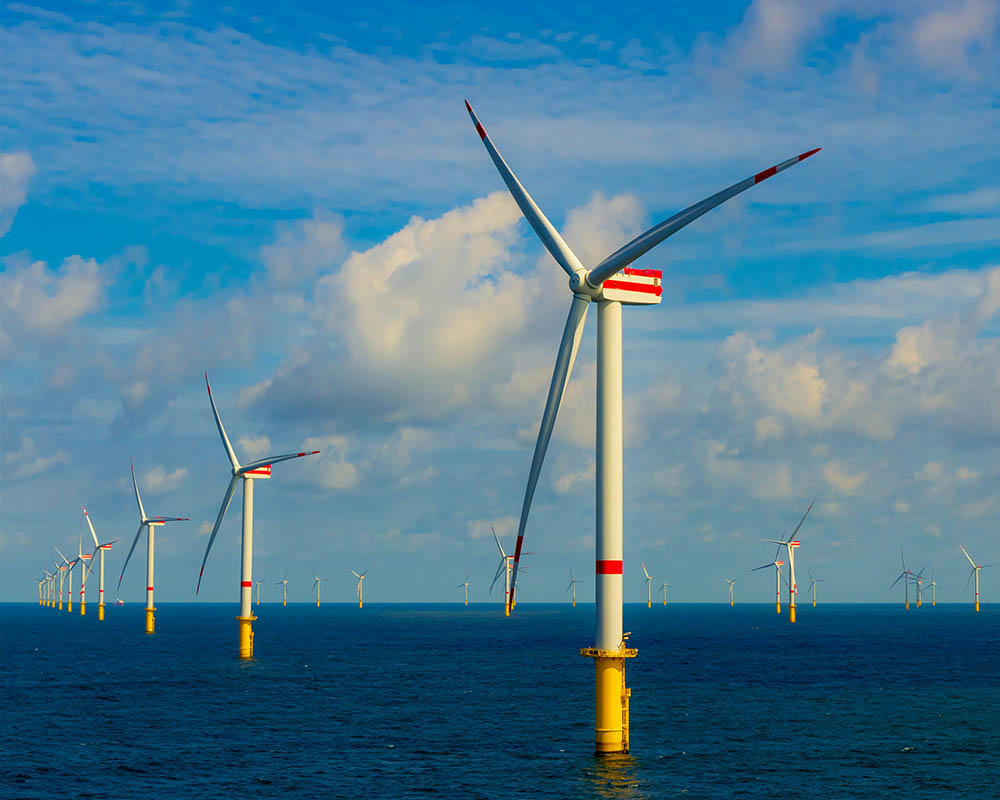What are the advantages of wind energy?
What are the advantages of wind energy?
Non-pollutant
Non-pollutant
Wind energy is a renewable energy source that comes from the wind and helps in reducing CO2 emissions being released into the atmosphere.
Low environmental impact
Low environmental impact
Wind farms can be easily dismantled once they are no longer needed, without leaving an environmental footprint, so the land can be reused for other purposes.
Renewable energy
Renewable energy
It comes from a natural source, the wind.
Indigenous
Indigenous
The wind is found all over the world, so wind power means countries can generate energy independently.
Contributes to sustainable development
Contributes to sustainable development
By reducing energy imports, it contributes to the development of local employment and wealth creation.
Affordable
Affordable
Technological advances have made it possible to lower the cost of generating wind power.






